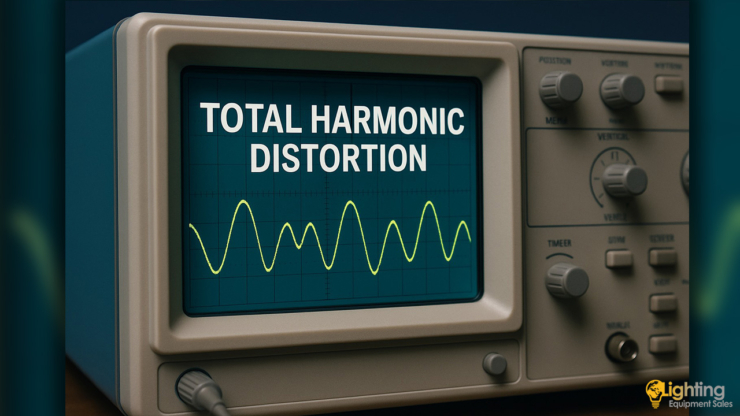
What Is Total Harmonic Distortion (THD)?
In electrical systems, the ideal signals should have a clean and stable waveform. However, in real-world conditions, these signals often become distorted due to various factors, resulting in unwanted harmonic frequencies. This phenomenon is known as harmonic distortion. The total amount of these distortions is measured as Total Harmonic Distortion (THD). Simply put, the lower the THD, the cleaner and healthier the electrical system operates.
A Simple Example:
Imagine a perfectly working faucet where water flows smoothly at a constant rate. But if the faucet is faulty, the water will flow irregularly and unpredictably. The same principle applies to electrical signals, clean signals indicate a healthy and efficient system.
When electrical energy is produced and transmitted, it ideally contains only a fundamental frequency. For example, in city power grids, this frequency is typically 50 Hz or 60 Hz.
However, in practice, unwanted harmonic frequencies are also introduced into the signal.
- Harmonics: These are undesired frequency components that are integer multiples of the fundamental frequency (e.g., 2.f, 3.f, 4.f, and so on).
- These harmonics distort the signal and cause it to deviate from its ideal “sine wave” form.
The total of these distortions is known as Total Harmonic Distortion (THD).

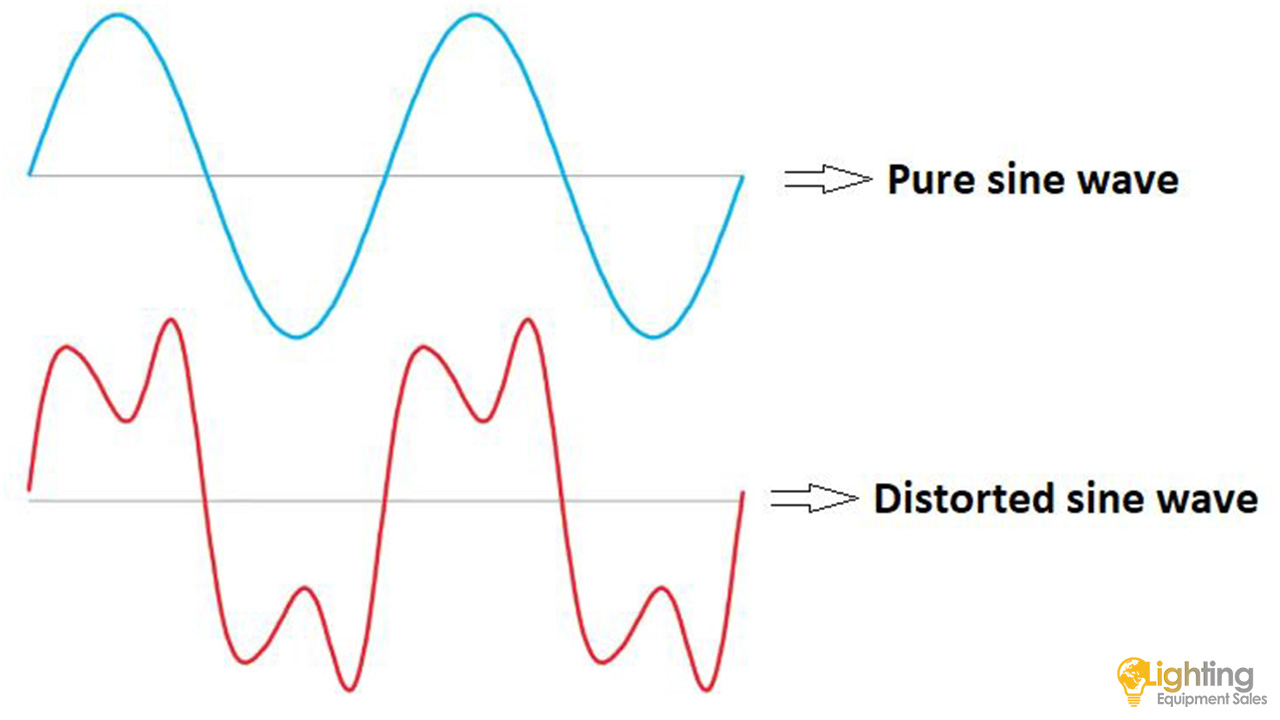
Why Is THD Important in Signalization Systems?
Traffic lights, LED display panels, and intersection control devices are continuously operating systems that rely on stable electrical energy. If the supplied power is of poor quality or contains distortions, several negative effects can occur.
- Traffic lights may begin to flicker, making it harder for drivers and pedestrians to properly see the signals.
- The lifespan of devices becomes significantly shorter due to the strain on electronic components.
- Unnecessary energy consumption increases operating costs and reduces energy efficiency.
This situation not only decreases the overall performance of the system but also leads to high maintenance and energy expenses in the long term. In traffic signalization and smart city systems, it is generally expected that THD levels remain below 20% to ensure safe, efficient, and cost-effective operation.

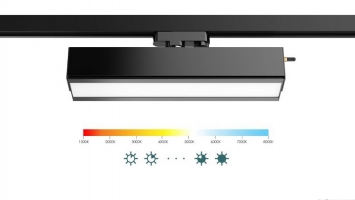

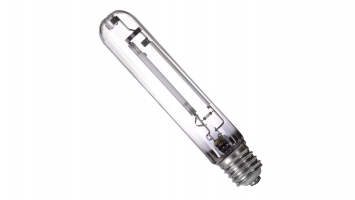
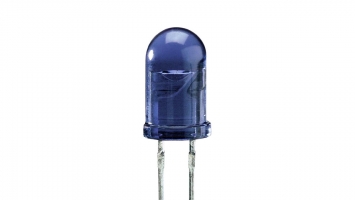
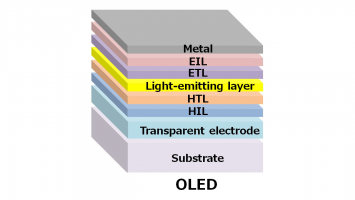
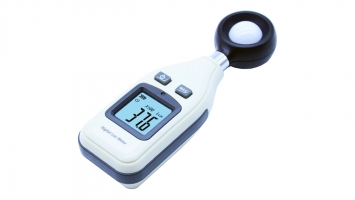
COMMENTS
MAKE A COMMENT